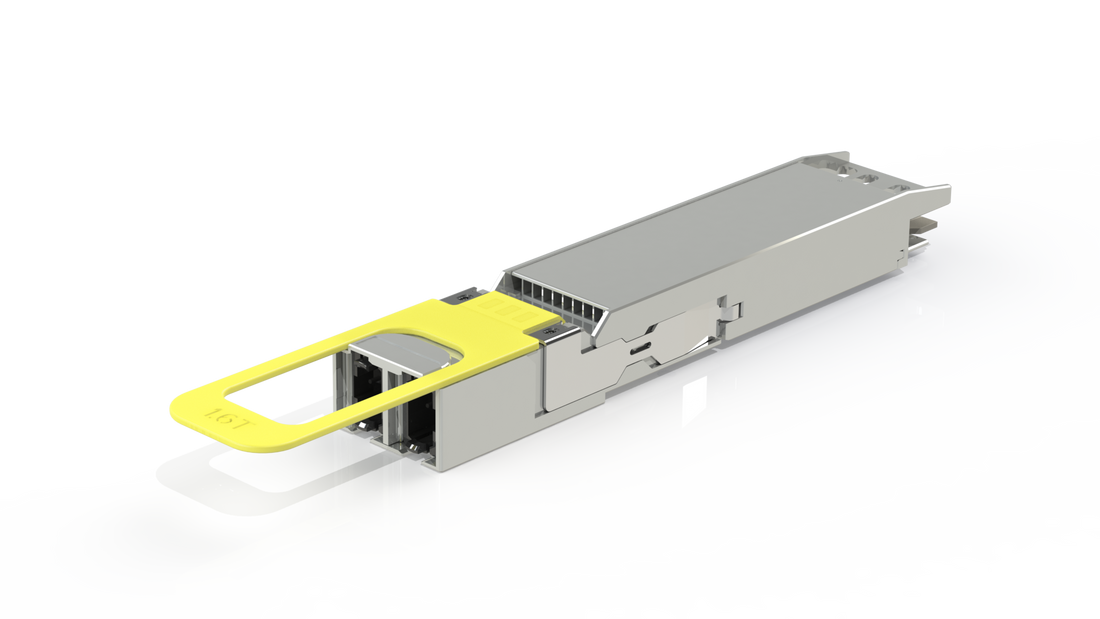
What Are the Benefits of Moving to 800G Technology?
OptechTWShare
What Are the Benefits of Moving to 800G Technology?
As the demand for faster, more efficient, and scalable network infrastructures continues to rise, 800G optical transceivers have emerged as a game-changing solution for modern data centers and high-performance computing (HPC) environments. Compared to legacy 400G systems, 800G offers double the bandwidth, improved energy efficiency, and greater flexibility for large-scale deployments.
H1: Why 800G? Meeting the Future of Connectivity Head-On
The exponential growth of data-intensive applications—such as AI, machine learning, 5G, and cloud computing—demands robust interconnects that can sustain high-throughput workloads without compromising on latency, power, or cost. 800G transceivers help organizations future-proof their infrastructure while addressing operational and performance bottlenecks.
H2: Key Benefits of 800G Optical Transceivers
1. Doubling Switch Bandwidth
800G technology enables switching bandwidth to be increased by a factor of 2 compared to 400G per port systems. This increase significantly boosts the aggregate capacity of spine and leaf switches in a data center, allowing them to support higher node density and traffic without requiring additional switch ports or hardware.
2. Seamless Aggregation of 400G Links
Many 800G transceivers—such as SR8, DR8, and 2xFR4—are designed to support 2x400G link aggregation. This allows them to interoperate directly with existing 400G optics, eliminating the need for optical breakout cables or complex reconfigurations. It simplifies network upgrades and extends the lifespan of current infrastructure investments.
3. Improved Power Efficiency per Bit
800G optics significantly reduce power consumption per gigabit compared to 400G modules. For large-scale operators, this efficiency results in lower operating costs, better thermal performance, and a more sustainable network environment.
4. Flexible Deployment Across Multiple Distances
With options like SR8 for short-reach (up to 100m), DR8 for medium-reach (up to 500m), and 2xFR4 for long-reach (up to 2km), 800G transceivers are suitable for various deployment needs within and between data center buildings.
5. Simplified Cabling and Footprint
By enabling higher bandwidth on fewer links, 800G reduces the cabling complexity and rack space required for deployment. This is especially critical in space-constrained environments where density and airflow matter.
H2: Use Cases of 800G Deployment
-
Data Center Interconnect (DCI): For hyperscalers needing to bridge multiple campuses or buildings.
-
AI/ML Infrastructure: Where massive GPU clusters require ultra-low latency and high-throughput interconnections.
-
Cloud and Content Providers: Who must handle petabytes of data daily across global backbone infrastructure.
-
Telecom Operators: For 5G core networks and aggregation layers.
Conclusion: A Strategic Step Toward Network Evolution
Adopting 800G technology is not just about increasing speed—it’s about enabling the next generation of high-performance networks. With unmatched bandwidth, power savings, and backward compatibility with existing 400G optics, 800G is the logical progression for forward-looking enterprises and service providers.
Whether you’re upgrading an existing infrastructure or planning a new deployment, 800G optical transceivers are a strategic investment in connectivity, performance, and future scalability.
